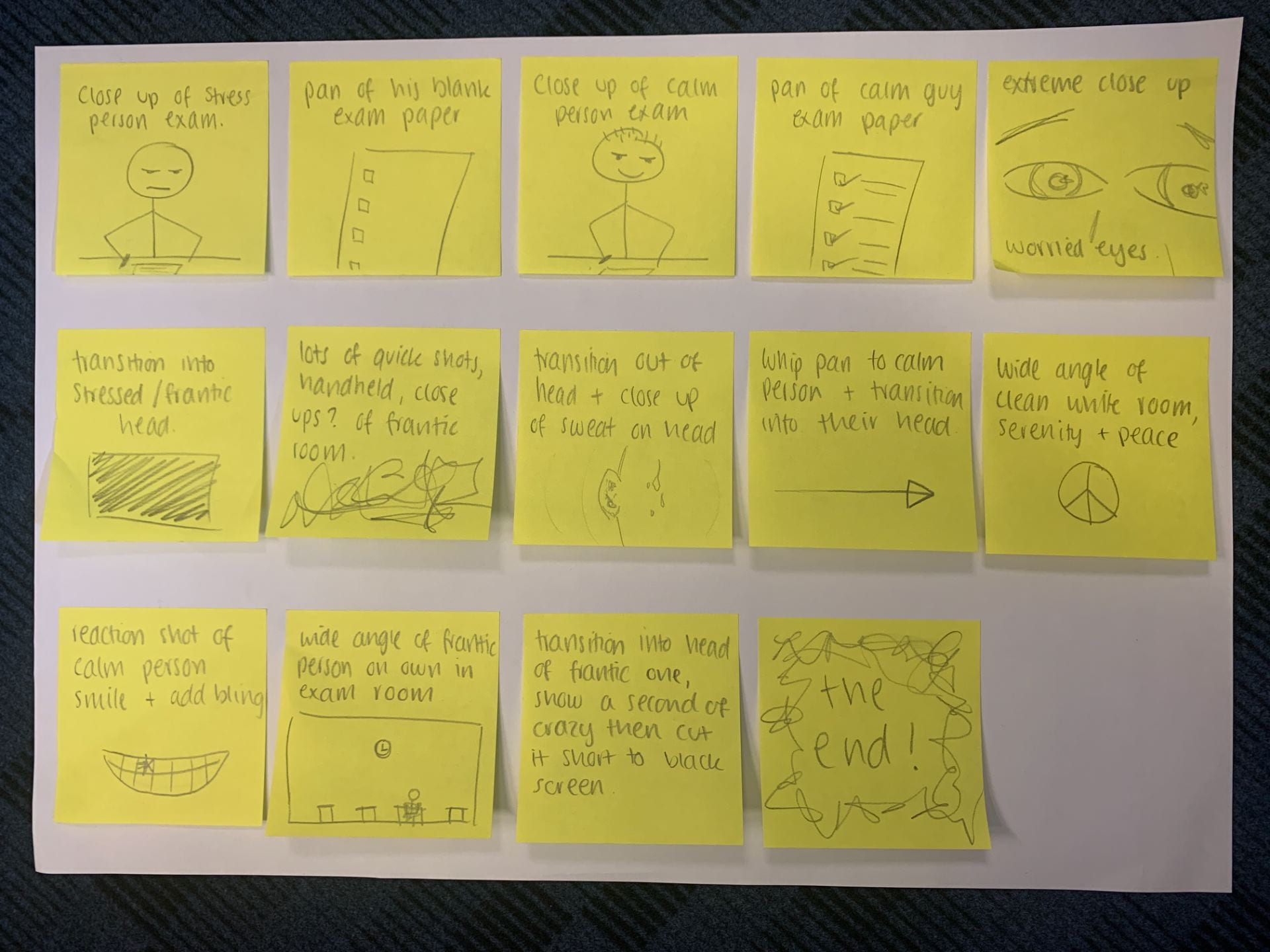In this test lip syncing shoot below, we created a small extract of a music video using the music that we are going to use in our actual music video. This test shoot was to experiment with a variety of shots, transitions and editing to the beat. Due to these techniques it was fairly easy to accurately represent our star image to our target audience – an aesthetic, laid-back, youthful vibe.
4 Positives
- Transition works well with the flowers, a fade wasn’t needed
- The filter that we made fits our genre – retro and saturated
- Location and aesthetic was ideal for the video that we wanted to achieve
- Camera skills and techniques were effective
4 Targets
- More transitions could have been added
- The first double edit to the beat is slightly off so that could be improved
- Could have had more of a range of camera angles
- The back lighting in one of our video clips was too dark
Focusing forward, from this test lip sync, I now know what makes a successful music video and what doesn’t. For example, in our shoot we established when editing that we didn’t have a very wide range of camera angles. This meant that when we were choosing which clips to use, we had to reuse some of them in order to fill the clip. In the future for our real shoot, we will now bare in mind that we need as many camera angles as possible. Richard Dyer explains that stars have to be both ordinary and extraordinary. This means that we will have to portray our star as ordinary – to allow the audience to relate more, but also as extraordinary – allowing the star to be idolised by the public. Through our varied shots, transitions and Mise en Scene, and from the insight into what shooting a real music video is like, I feel our group is now on the right lines for making a successful music video.

